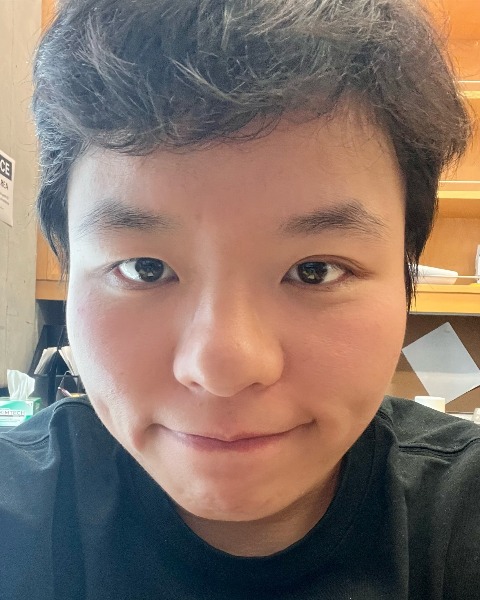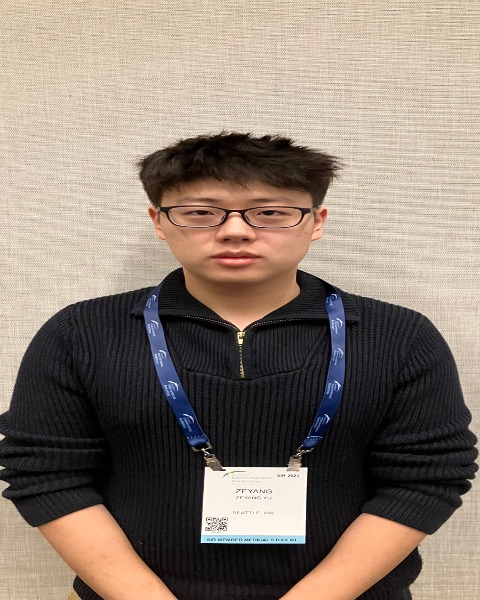Interventional Oncology
MRI Monitoring Transcatheter Intraportal Vein Delivery of Clinically-Applicable-Magnetic Labeled Natural Killer Cells for Liver Tumor Adoptive immunotherapy
- AE
Aydin Eresen, PhD (he/him/his)
Assistant Researcher
University of California, IrvineDisclosure(s): No financial relationships to disclose

Zigeng Zhang, MD
Postdoctoral Fellow
University of California, Irvine
Zeyang Yu, MS (he/him/his)
Research volunteer (master student)
University of Washington
Nadine Abi-Jaoudeh, MD, FSIR
Professor of Radiology
University of California
Farouk Nouizi, PhD
Assistant Researcher
Radiological Sciences - UCI- VY
Vahid Yaghmai, n/a
Chairman of Radiology
University of California, Irvine - ZZ
Zhuoli Zhang, PhD
Professor
University of California, Irvine
Presenting Author(s)
Author/Co-author(s)
We investigated the hypothesis that MRI can monitor transcatheter intraportal vein (IPV) delivery of clinically applicable Heparin-Protamine-Ferumoxytol (HPF) nanocomplex-labeled natural killer (NK) cells to the liver tumor in a rat model of liver tumor. Our study aims to test transcatheter intraportal vein (IPV) infusion of natural killer (NK) cells for liver tumor adoptive transfer immunotherapy in a rat model of liver tumor.
Materials and Methods:
NK cell line NK-92MI was cultured and labeled with FDA-approved heparin-protamine-ferumoxytol (HPF) nanocomplexes. Twenty-four male Sprague–Dawley rats implanted N1S1 tumors. Liver tumor rat models underwent catheterization for IPV infusion of HPF-labeled NK cells (n = 12) and intravenous (IV) injection (n = 12). MRI measurements within the tumor and adjacent liver tissues were compared pre- and post-NK cell infusion. Histology studies were used to identify NK cells in the target tumors.
Results:
For IPV infusion, a significant difference in R2* values was found before and 30 min after NK cell infusion within liver tissues surrounding the tumors (pre-infusion vs. 30-min post-infusion; 75.12 ± 9.18 s-1 vs. 143.5 ±13.14 s-1; p < 0.001), but no significant difference was found in the tumor nodules at this earlier 30-min follow-up period (p > 0.05). A significant difference in R2* values was found for the tumor tissues at the 12 h post-infusion follow-up interval (30-min post-infusion vs. 12 h post-infusion p < 0.001). Moreover, there were significant differences (in both tumors and surrounding liver tissues) between IV. and IPV groups at 12 h post-infusion (all p < 0.05). Histological results confirmed MRI findings.
Conclusion:
Transcatheter IPV infusion permitted selective delivery of NK cells to liver tissues, and MRI allowed tracking NK cell biodistributions within the tumors.

.png)
.png)
.png)
.png)
.jpg)
.png)
.jpg)
.jpg)
.png)